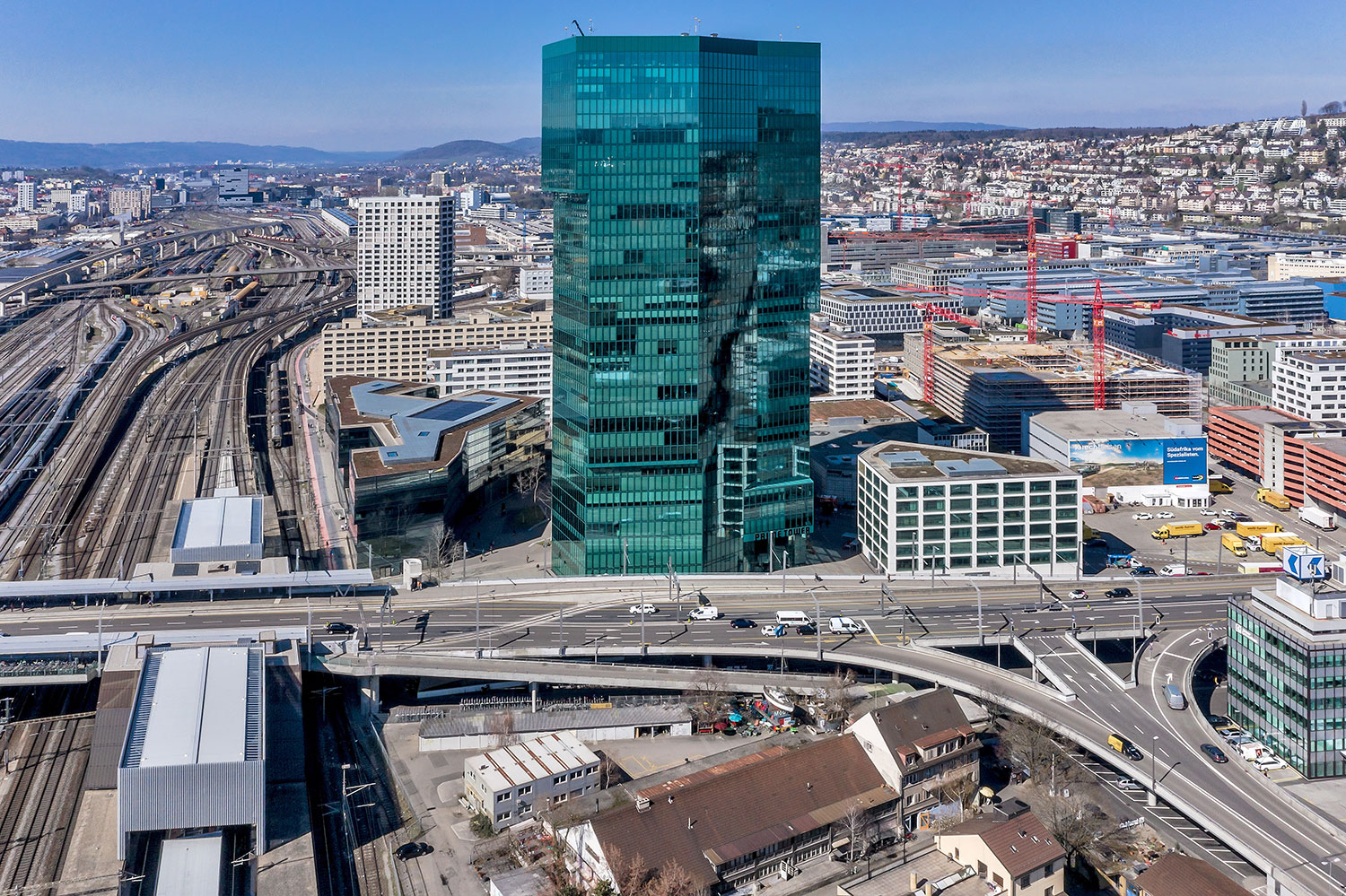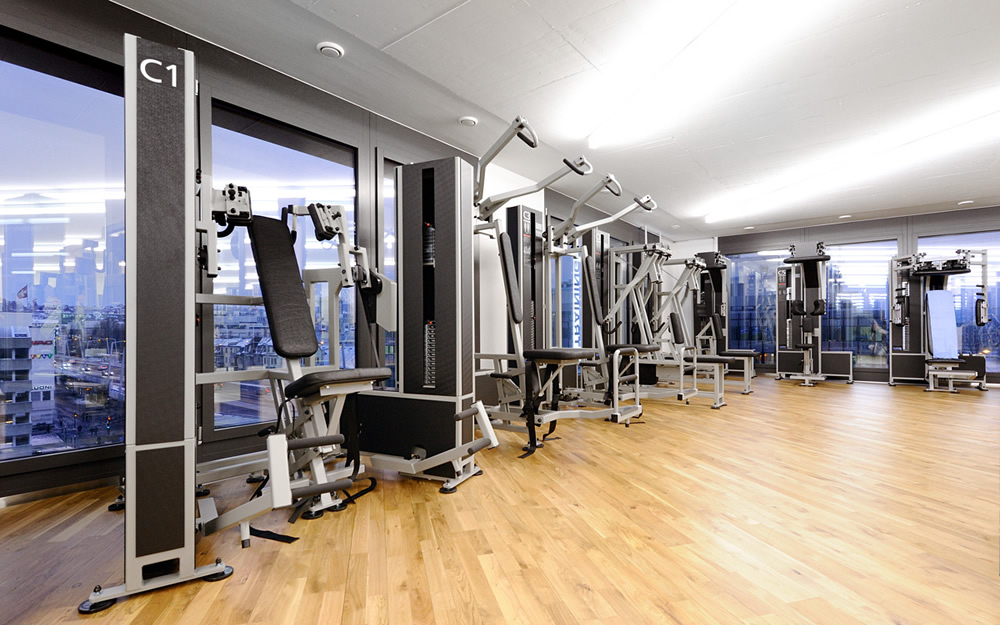Long before any gear wheels ever creaked into motion, lettuce, grass and vegetables grew peacefully in the civil gardens (these days known as family allotments). In 1847, the first tram line in Switzerland was laid in the former meadows, the curve of which remains a feature of the Maag site to this day. These were exciting times: the Spanisch-Brötlibahn [Spanish bread roll train] travelled from Zurich to Baden for the very first time, industrialisation increased in leaps and bounds and the Aussersihl district boomed – 30,000 people now lived here, even more than in the city of Zurich.
Muggli meets Maag
A good 50 years later, the verifiable history of the Maag site begins. In 1906, Jakob Muggli opened the Safir car factory at Hardstrasse 219. However, the car manufacturing industry never really got off the ground. After just a few years the company went into liquidation. It was at this time that Muggli was introduced to the inventor Max Maag. Maag was looking for a manufacturer for his precision engineered gear wheels. Jakob Muggli immediately recognised the potential of the products, provided the capital required and in April 1913 he set up a production workshop for gear wheels.
Max Maag gets going
From this point on, Maag gear wheels are produced in every shape and size. Business booms, Max Maag comes up with groundbreaking ideas, which he also realises. In 1917 Maag becomes an AG (Aktiengesellschaft [joint-stock company]) and shortly afterwards the first holding company in Switzerland is created in the shape of Maag Maschinen AG. There are now 160 employees on the payroll – three years later this has risen to 712.
Economic crisis and expansion plans
However, this meteoric rise is followed by just as dramatic a fall. The global economic crisis takes its toll. In 1926 Max Maag decides to leave the company. In order to save Maag, the former director, Georg A. Fischer, takes a far-sighted marketing decision: he has the Maag international brand registered as a trademark and carries out a reorganisation.
Maag exports to the whole world
Once again their fortunes rise and Maag exports successfully throughout the world for a number of years, earning a reputation for Swiss precision. The company delivers gear wheels for ships, cars, missiles and locomotives. Everything runs smoothly until the mid-1980s, but then the whole of the western industrial world suffers a slump, huge losses are recorded by the company and it is finally forced to relocate from the high-price location of Zurich.
Interim use for creative talents
The many empty production halls are repurposed on a temporary basis and re-let. Architects, graphic designers and media professionals lease the halls. Fashion collections are designed, guitars and yachts are built.
Maag Hall and Freitag Bags
From 2001, regular events have been held in the Maag Hall. From musicals and the casting show, MusicStar, to corporate events and parties – more than one hundred events are held here every year. And in the former assembly halls, the iconic Freitag bags that conquer the world with their industrial look are being created from used truck tarpaulins and safety belts.
Ready for something new
The time is now right to use the Maag site for something new and to breathe new life into it. From the very start the intention has been to offer this once closed-off industrial site to a wide public and to create not only high-quality workplaces within the space but also an environment for cultural events. The village idea developed from the concept of a small town in the city. In 2004, the municipal council determined the special building regulations.
So who’s in the race?
The project is being tendered as an architectural competition. Seven renowned firms of architects have thrown their hats into the ring in this exciting challenge of aesthetics and functionality. The projects submitted by Herzog & de Meuron und Gigon/Guyer have made it through to the final round. Annette Gigon and Mike Guyer from Zurich presented a high-rise with an octagonal floor plan with delicate jutties. The ingenious floor plan, the flexibility of the spaces and the glass facade all won the jury over.
The rise of Prime Tower
On 19 November 2008 the foundation stone for the tallest building in Switzerland was laid. More than 100 lorries per day, more than 350 workers on the building site at the same time, on really busy days 800 to 1,000 tonnes of material to be handled – the requirements and the logistics for the construction of the Prime Tower are simply enormous. Without the tightest organisation and the strictest controls, the temporal and spatial requirements would be impossible to master. In order to remain on schedule, a special construction site/logistics website has been designed. Here suppliers can find all the important information they need and can book slots via the Google calendar.
Symbol of a new city district
After three years under construction and with 4,000 tonnes of steel installed, Prime Tower stands tall and proud in all its glory. It is a truly remarkable building that has fascinated from the word go. To date, Prime Tower is a symbol of a new, dynamic city district that will have a positive knock-on effect on the rest of the development of the site.
Share








